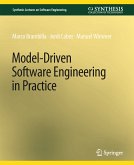
eBook, PDF
10. November 2022
Morgan & Claypool / Springer International Publishing
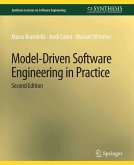
64,19 €**
48,95 €
**Preis der gedruckten Ausgabe (Broschiertes Buch)
Sofort per Download lieferbar
VersandkostenfreiBroschiertes Buch
2. Aufl.
30. März 2017
Morgan & Claypool / Springer / Springer International Publishing / Springer, Berlin
978-3-031-01421-5
Ähnliche Artikel
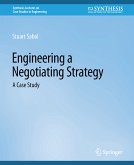
10,69 €
inkl. MwSt. und vom Verlag festgesetzt.
Sofort per Download lieferbar
eBook, PDF
10. November 2022
Morgan & Claypool / Springer International Publishing
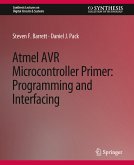
eBook, PDF
10. November 2022
Morgan & Claypool / Springer International Publishing
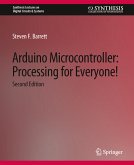
eBook, PDF
10. November 2022
Morgan & Claypool / Springer International Publishing
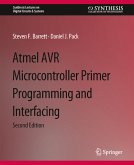
eBook, PDF
10. November 2022
Morgan & Claypool / Springer International Publishing
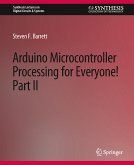
eBook, PDF
10. November 2022
Morgan & Claypool / Springer International Publishing

eBook, PDF
10. November 2022
Morgan & Claypool / Springer International Publishing
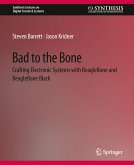
eBook, PDF
10. November 2022
Morgan & Claypool / Springer International Publishing
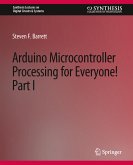
eBook, PDF
10. November 2022
Morgan & Claypool / Springer International Publishing
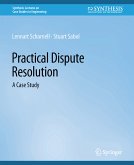
8,55 €
inkl. MwSt. und vom Verlag festgesetzt.
Sofort per Download lieferbar
eBook, PDF
10. November 2022
Morgan & Claypool / Springer International Publishing
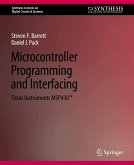
eBook, PDF
10. November 2022
Morgan & Claypool / Springer International Publishing
Ähnlichkeitssuche: Fact®Finder von OMIKRON
